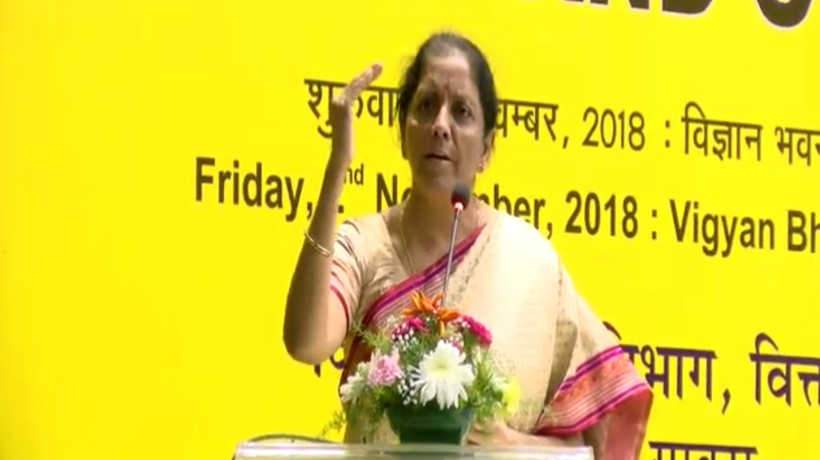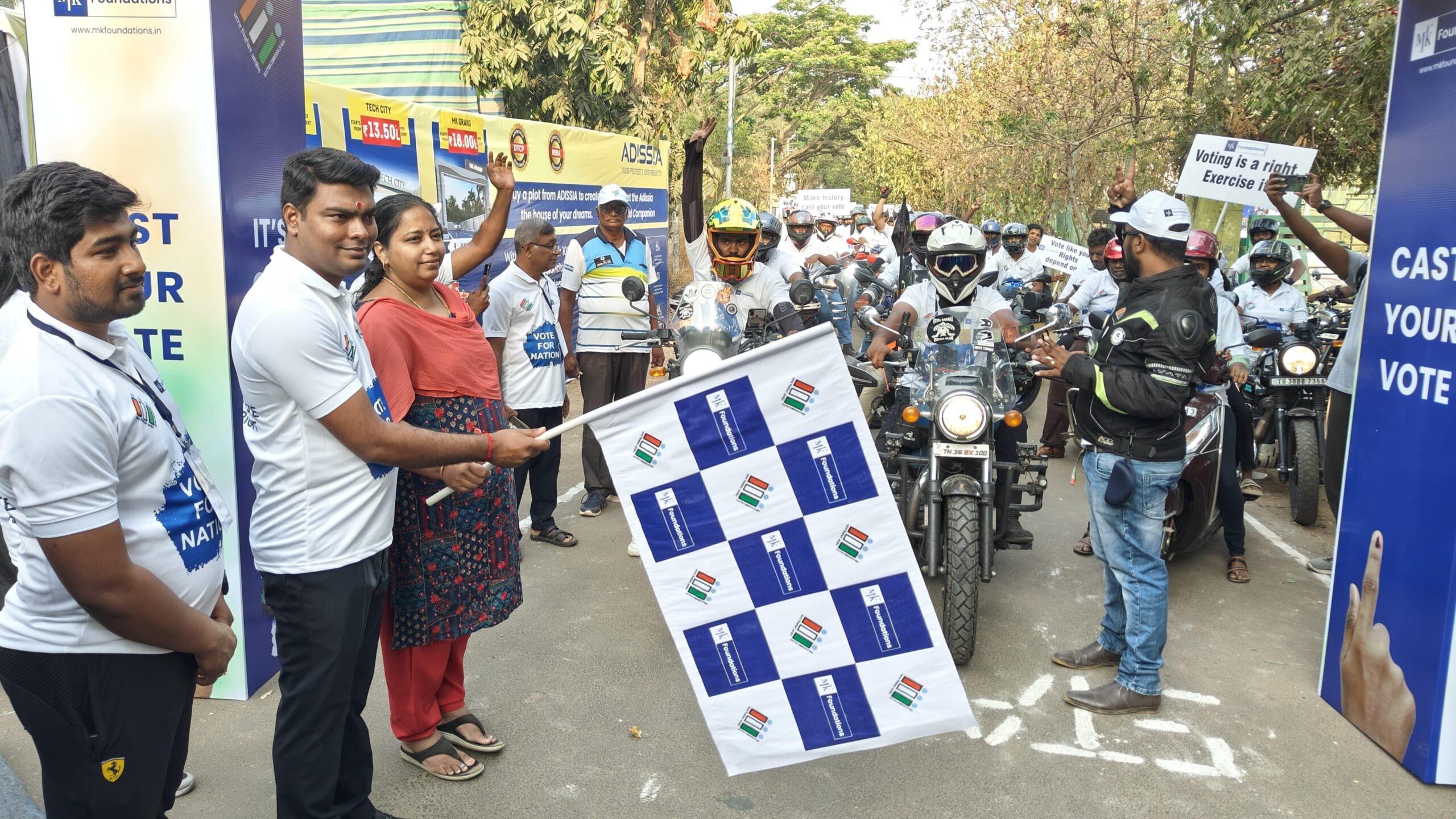Trending Now
- IPL 2024 begins with a bang. First contest between CSK and RCB.
- Election commission allots mike symbol to Naam Thamizhar Katchi
- AIADMK promises to urge for AIIMS in Coimbatore, in its election manifesto.
- Ponmudi becomes higher education minister.
Whats Hot
Interim Budget 2019 Tax Calculator: Here is what you got to pay
![]() February 1, 2019
February 1, 2019
Income tax calculator: The government is expected to make certain changes with regards to income tax slabs for the assessment year 2019-2020 in what seems to be a move to woo middle-income taxpayers ahead of 2019 Lok Sabha polls.
Reports suggest that the government will increase the current income tax exemption threshold from existing Rs 2.5 lakh to Rs 5 lakh per annum for individuals below 60 years.
While it may not double the threshold, it could increase it by Rs 50,000 to Rs 3 lakh per annum. Subsequently, individuals aged 60-80 years will enjoy tax-free income up to Rs 3,50,000 per annum.
The government may also increase the basic income tax deduction under Section 80C from Rs 1,50,000 to Rs 2,00,000 per annum. Those with investments such as PPF, LIC, and mediclaim will be able to save more on income from investments.
How income tax is calculated
At present, the income tax slabs and exemption limits for the assessment year 2019-20 and FY2018-19 have been divided on the basis of age and residential status. Many components are taken into account while determining income tax.
Three major components are gross taxable income, HRA exemption, and transport allowance.
While HRA is decided depending on your basic salary, there are several other factors that affect it including the city you live in. If you live in a metropolitan or tier-1 city, the HRA equivalent comes to 50 per cent of your salary whereas it is 40 per cent of the salary in all other cities.
Transport or conveyance allowance, a component of your salary, is also exempt from income tax. The maximum annual exemption is capped at Rs 19,200. Any amount over the limit applies for income tax.
Apart from basic deduction under 80C, an individual can also claim additional income tax benefits under Section 80D, Section 80EE, Section 80E, and Section 80CCD.
So the total taxable income is calculated like this:
For the general category (individuals aged below 60 years), no income tax is required to be paid if annual income does not exceed Rs 2,50,000. If income is between Rs 2,50,001 and Rs 5,00,000, an individual has to pay income tax of 5 per cent along with additional health and education cess of 3 per cent.
Those earning between Rs 5,00,001 and Rs 10,00,000 will have to pay 20 per cent income tax along with an additional 3 per cent health and education cess.
General category individuals earning above Rs 10,00,000 have to pay an income tax of 30 per cent along with an additional 3 per cent health and education cess.
Use the income tax calculator to find out total liability:
The income tax calculator uses the latest income tax slabs based on income and takes into account income and deductions that are available to you in income tax act. It will provide you with an accurate insight to your income tax liability.
Senior citizens (60-80 years) are exempt from paying income tax if income does not exceed Rs 3,00,000. Those earning Rs 3,00,001 and Rs 5,00,000 have to pay an income tax of 5 per cent along with 3 per cent additional health and education cess.
Those earning between Rs 5,00,001 and Rs 10,00,000 will have to pay an income tax of 20 per cent along with 3 per cent additional health and education cess.
Meanwhile, those earning above Rs 10,00,000 are required to pay an income tax of 30 per cent along with the additional cess of 3 per cent.
The same tax rates apply for super senior citizens (above 80 years). However, the tax exemption threshold for super senior citizens is Rs 5,00,000.























